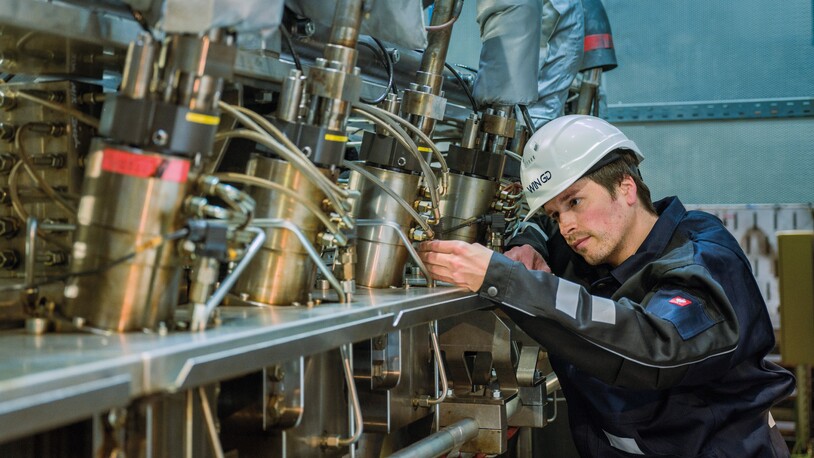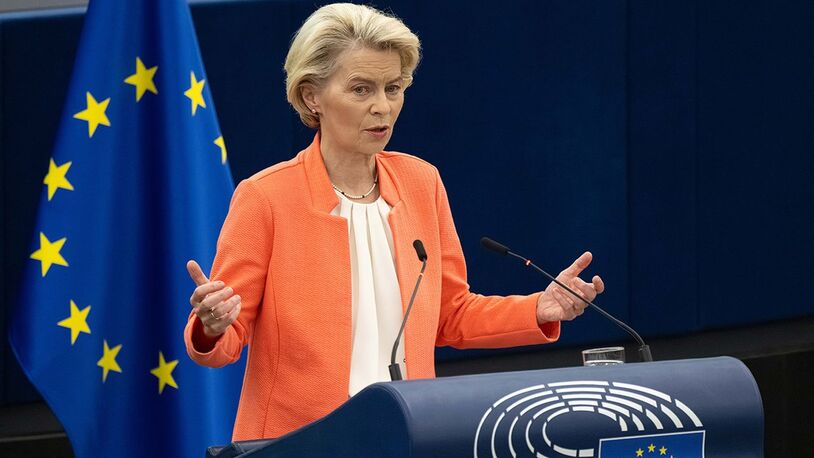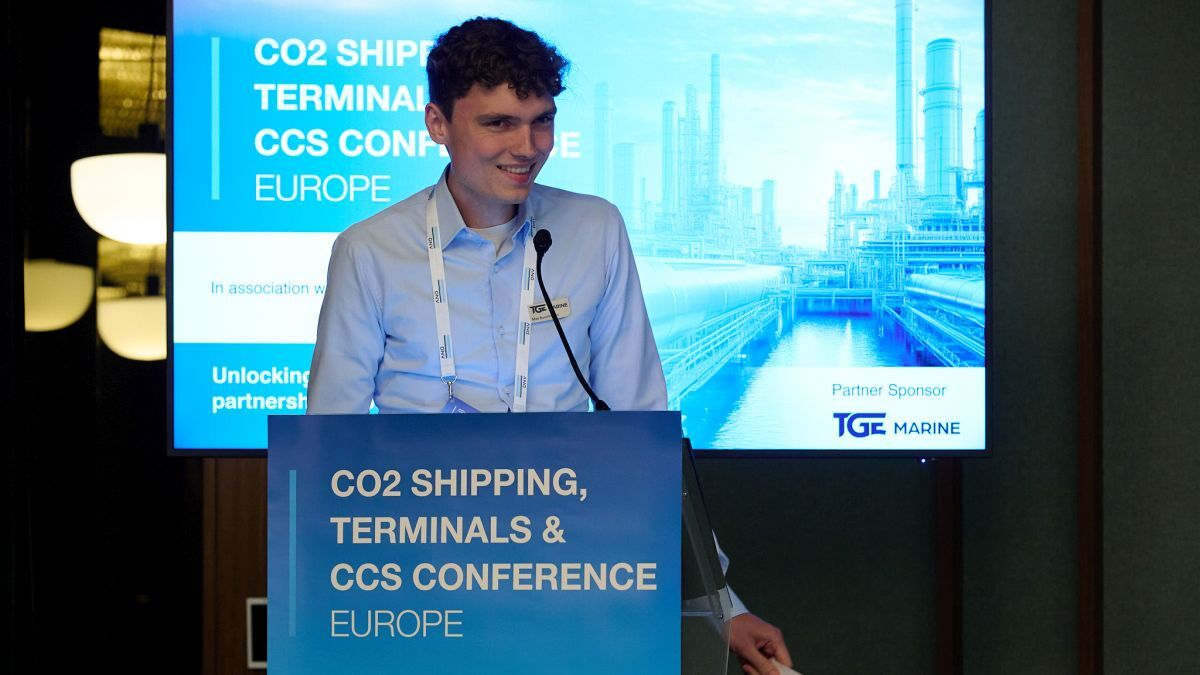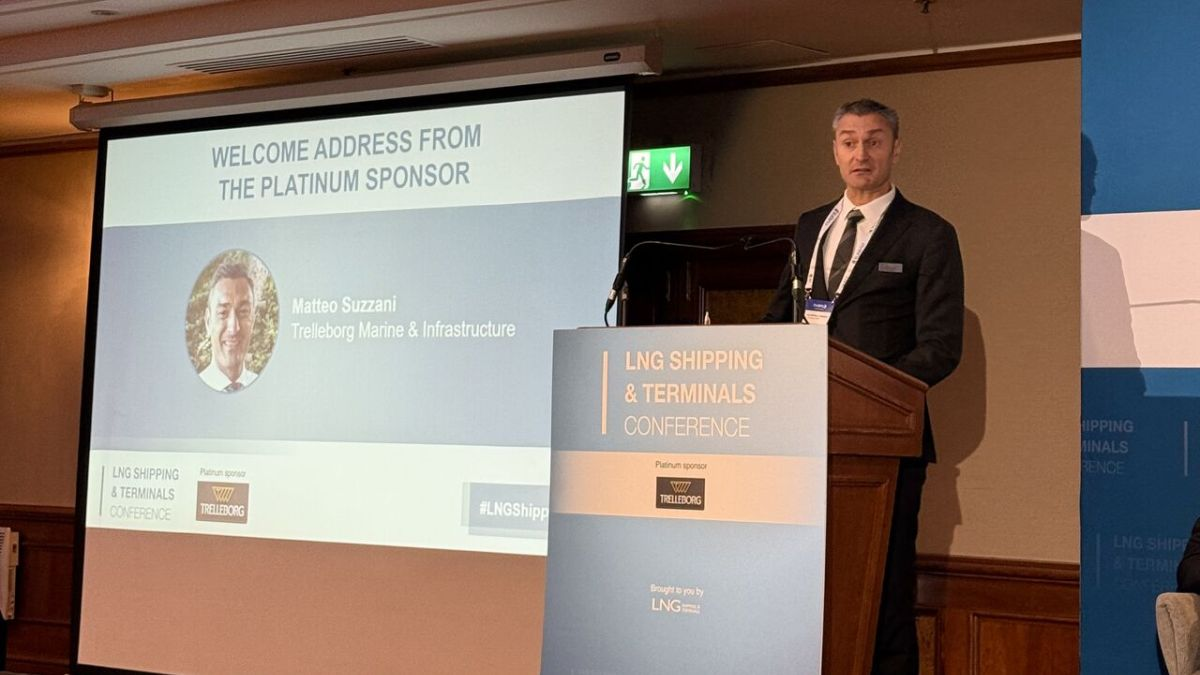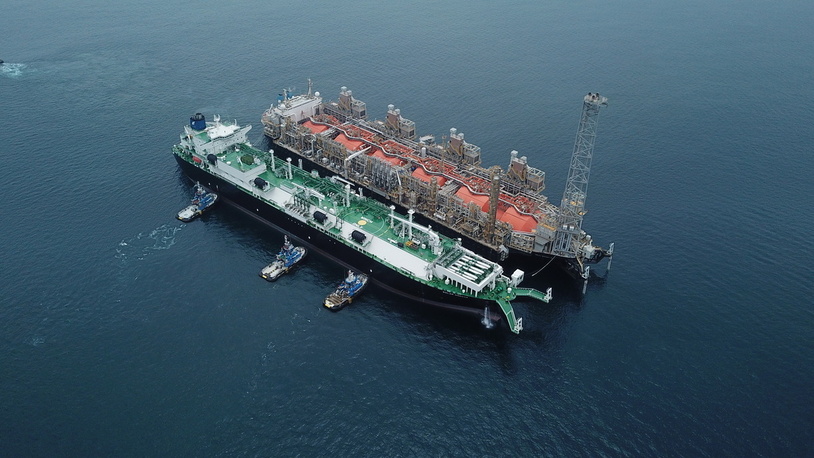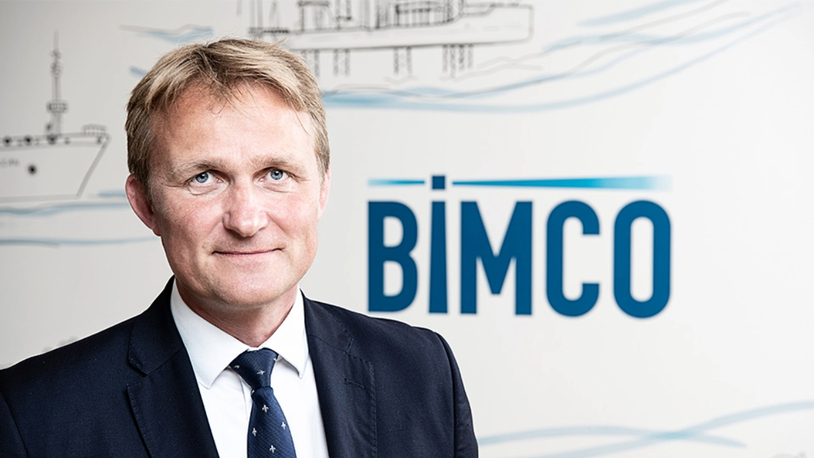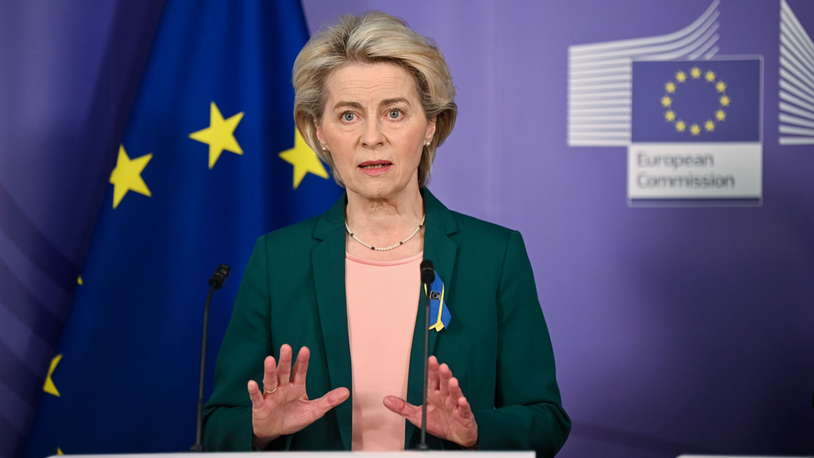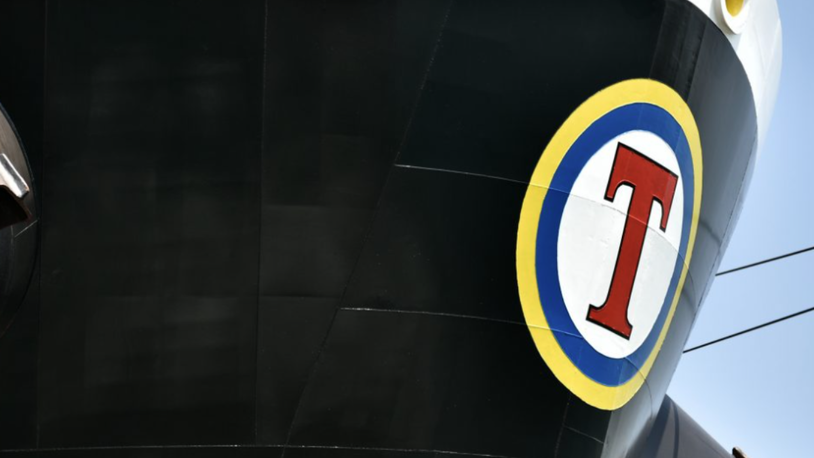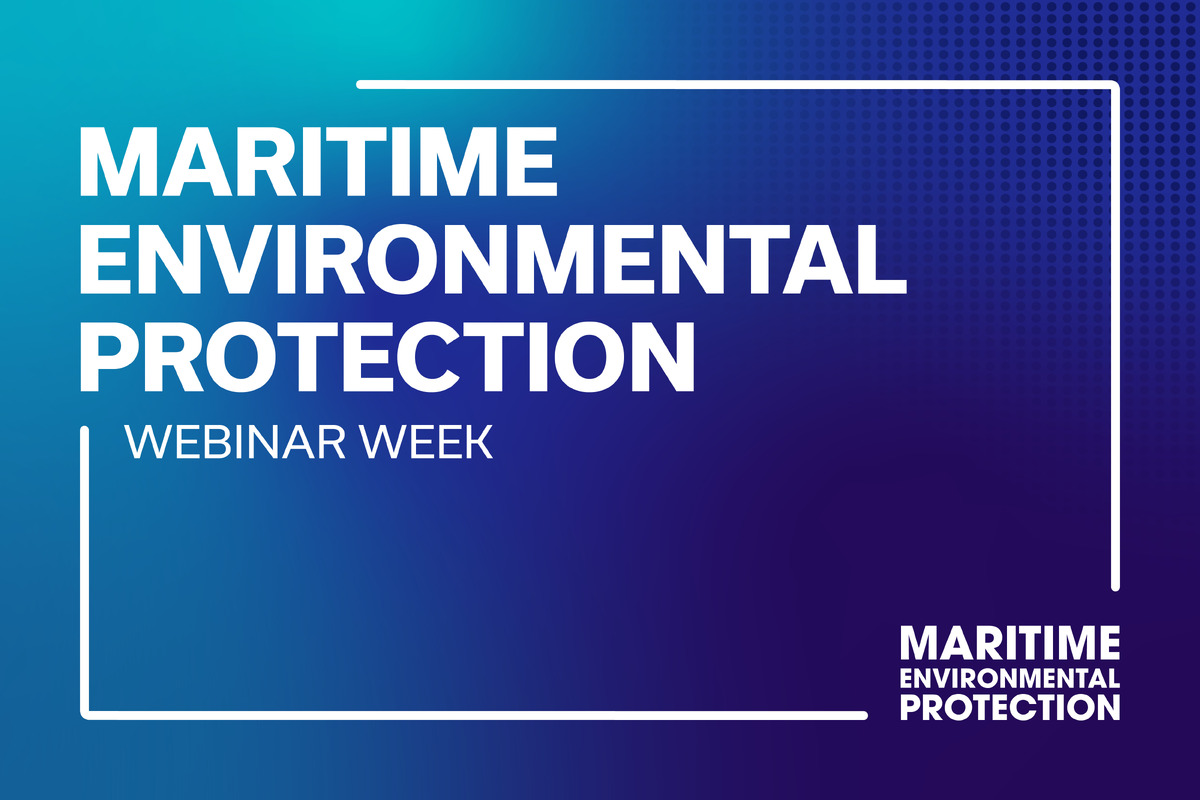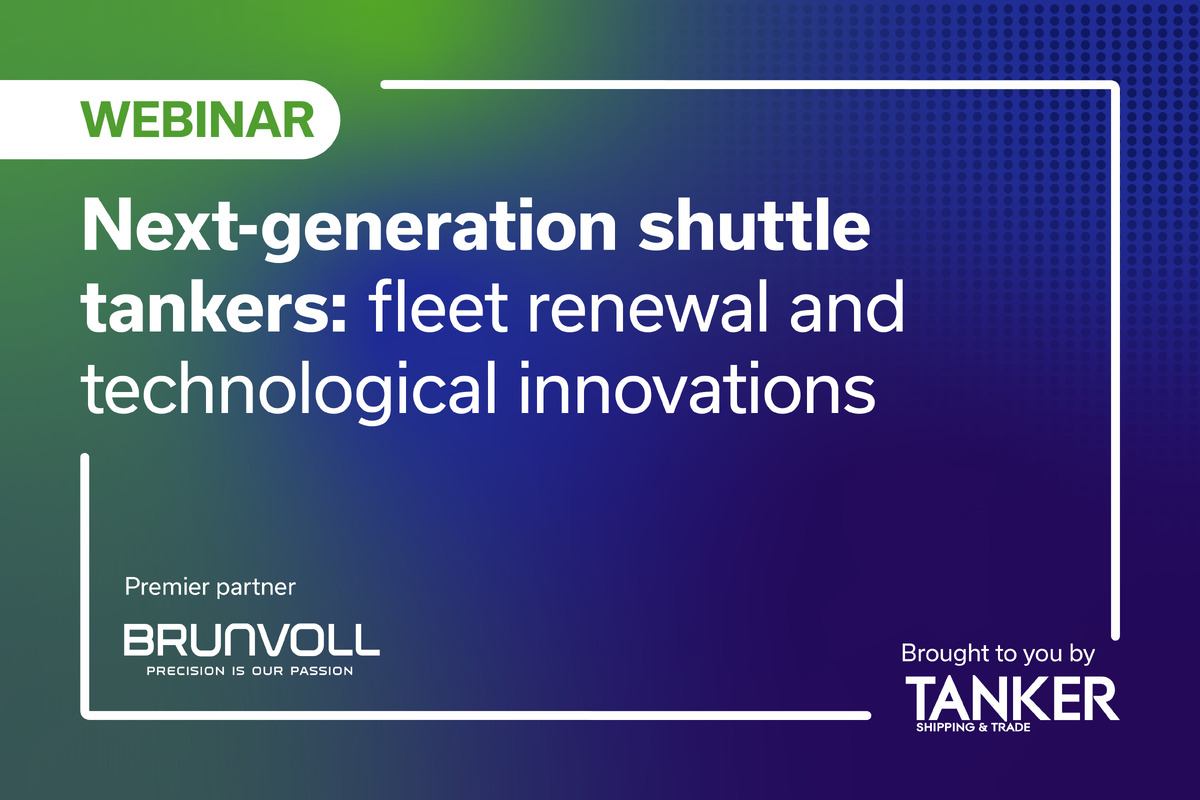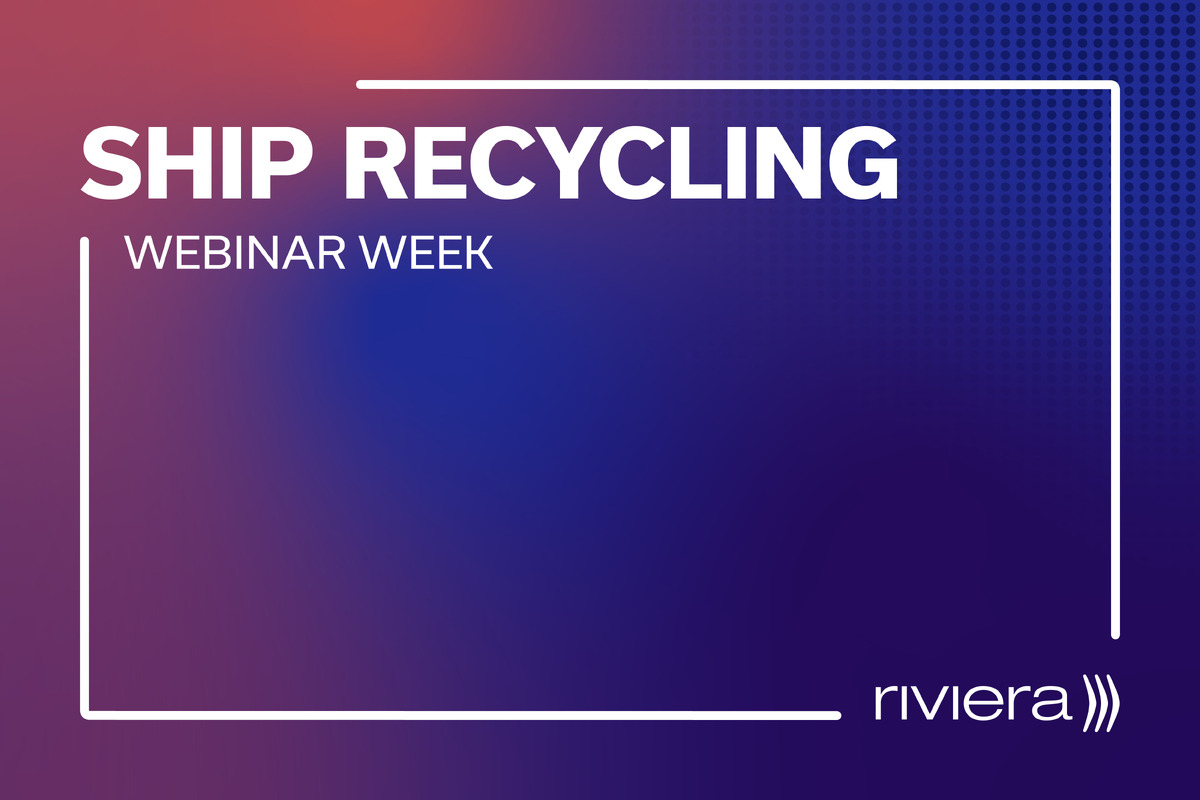Business Sectors
Events
Marine Coatings Webinar Week
Contents
Q-flex LNG ships make their entry
A new era in LNG shipping commences in October 2007; the delivery of the first Q-flex size ships introduces new economy of scale benefits
A new era in LNG shipping commences in October 2007; the delivery of the first Q-flex size ships introduces new economy of scale benefits
Within the space of four months – between October 2007 and January 2008 – three Korean shipyards are going to deliver eight LNG carriers of the so-called 216,000m3 Q-flex size. The ships are the largest LNG carriers ever built. Their overall length is 315m, about 40m longer than a conventional size LNG carrier of 145,000m3, while their breadth, at 50m, makes them about 6m wider than the largest LNG ships in service.
Although the Q-flex vessels cost approximately 25 per cent more to build than today’s conventional size LNGCs, they are able to carry 40 per cent more cargo. As such, the new ships are about to bring important economy of scale benefits to not only their owners and charterers but also the gas buyers.
The eight new ships mark the start of an ambitious LNG carrier newbuilding programme involving the production of 31 Q-flex ships and 14 vessels of the 265,000m3 Q-max size. These vessels are earmarked for the carriage of LNG to be produced by six new Super Trains being built at Ras Laffan in Qatar. The Super Trains, each with an output potential of 7.8 million tonnes per annum (mta), will come onstream over the next four years.
The first eight ships will serve the first of the Super Trains to be commissioned. Construction work on the Qatargas II Train 4 plant is running slightly behind schedule and is scheduled for startup during the first quarter of 2008. The eight ships will be engaged in the carriage of LNG from Qatar to Milford Haven in the UK on behalf of the Qatargas II project partners.
Four of the ships will be managed by the OSG Group and four by Pronav. The companies are part owners of their respective ships. Qatargas Transport Company (QGTC, or Nakilat) holds the outstanding stake in all eight ships. Of the 45 Q-flex and Q-max ships to be built for the Super Train projects, Nakilat will fully own 25 vessels and part own 20.
The same three shipyards that are building the first eight Q-flex ships – Samsung Heavy Industries, Hyundai Heavy Industries and Daewoo Shipbuilding & Marine Engineering – will be responsible for completing all 45 Q-max and Q-flex ships. The last of these vessels is due to be delivered by the end of 2010, by which time Nakilat’s will be the largest LNGC fleet in the world.
On the following pages the design, construction, equipment and operation of these pioneering eight
Q-flex ships are reviewed. The coverage shows how the LNG shipping industry is pushing out the technology envelope to an unprecedented extent with the completion of these new ships. LNG
Related to this Story
Events
Marine Coatings Webinar Week
Maritime Environmental Protection Webinar Week
Ship Recycling Webinar Week
© 2024 Riviera Maritime Media Ltd.

